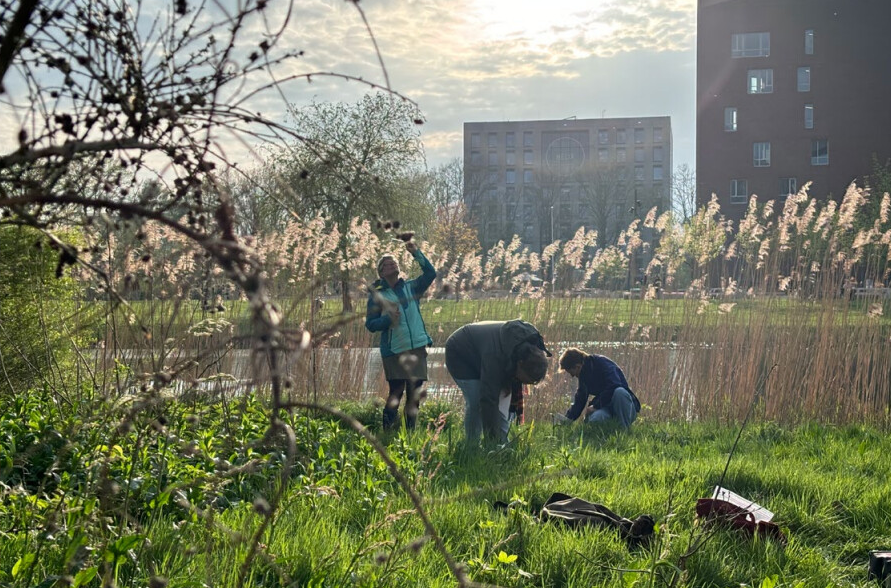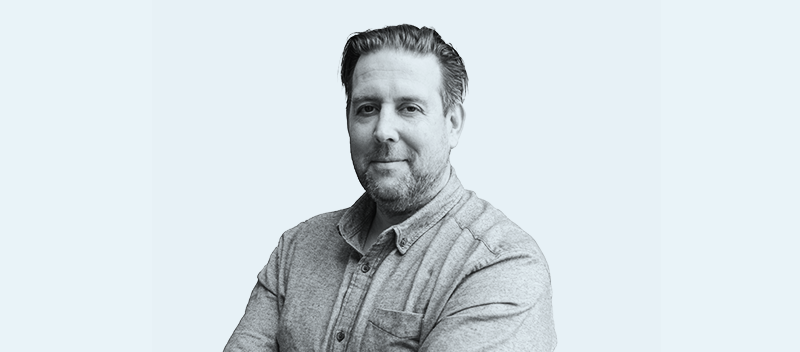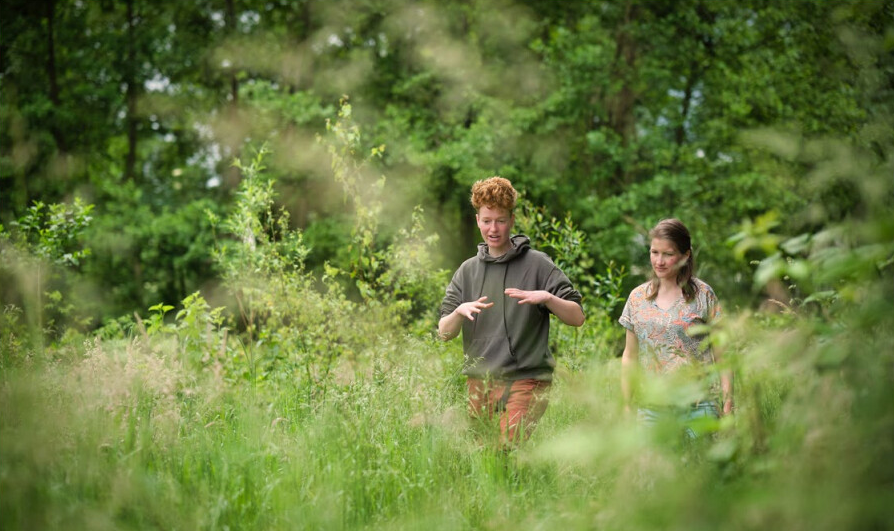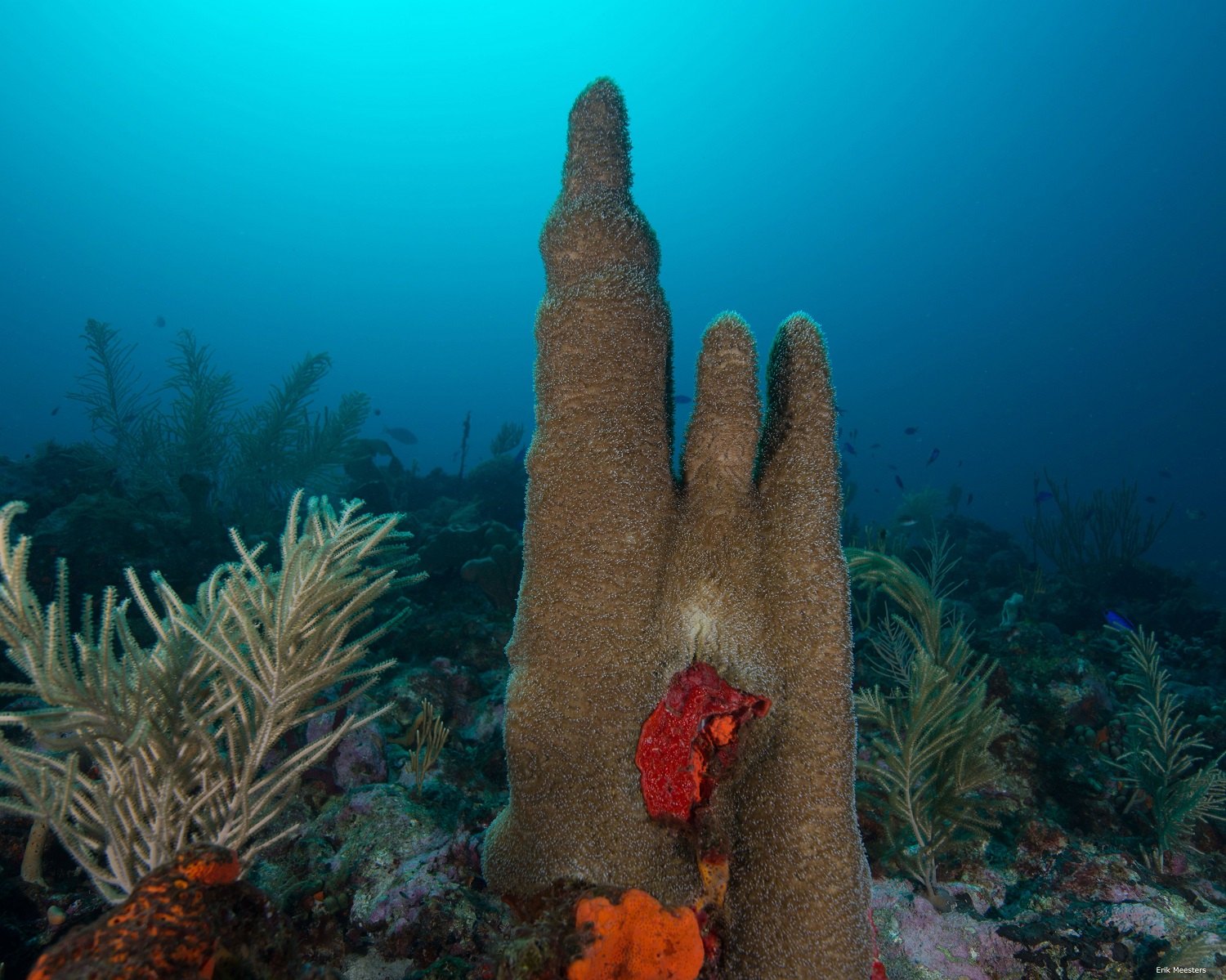Should you teach about nature or with nature? And how do you go about it? These are much-discussed questions in higher education at the moment. Wageningen Pre-University, which provides in-service training for teachers, ran an evening recently with the biologist, writer and explorer Arita Baaijens.
Baaijens spent years travelling solo across the Sahara and undertook several expeditions to remote regions of Siberia and Papua New Guinea. A more recent initiative is her effort to change the ‘rather bossy’ relationship between humans and the North Sea by giving the North Sea more of a say in what goes on there. To this end, she consults experts – including some at Wageningen – on what the sea and its sea life would actually want.
This experience gave Baaijens new perspectives on the interconnections between humans and nature. She is keen to share these – especially with teachers – as well as the astonishment, frustration and false assumptions she caught herself experiencing over the years. ‘I have learned that there are countless ways of understanding the world
Other cultures and frames of reference are not failed attempts to become and to think like us
The same goes for how you explain that world to your pupils. For a sustainable future we need a new image of humanity and of the world we live in. So the way we teach is important.’
Imagination
Baaijens started her story with a warning. ‘This evening will make great demands on your powers of imagination. You are going to hear things that will make you think, “hmmm…” That internal sceptical voice is something to cherish. But switch it off for the next two hours. Allow yourself some mental space. See this room as a laboratory of the mind.’ And then she embarked on her talk about her travels and their effect on her worldview and self-image.
‘In the desert I had to reinvent my identity. All alone, without anyone around me who had any expectations of me, the woman I had thought I was for 32 years disappeared. It turned out that all that time I was mainly focussed on meeting expectations. But the desert had no expectations of me. The only person who decided what was right or wrong, who could set my moral compass, was me.’
‘The process continued in Siberia, which challenged me too. The residents of the Altai mountains have a totally different view of nature than the one I was used to. There, nature just is. It doesn’t belong to humans, it is its own boss. Non-human organisms such as animals, plants and fungi are seen as kin, as co-creators of the world. And phenomena such as nature spirits are the most normal thing in the world to people there. I found it fascinating and avidly absorbed what the people had to tell me. But to actually believe that their worldview was “true” and mine wasn’t? I couldn’t do that then. I too was thoroughly imbued with Western thinking. Whereas of course, just because I can’t see or experience something, it doesn’t mean it doesn’t exist.’
Realities
And with this, Baaijens arrived at some fundamental questions: whose reality counts, who defines reality, and why? She clarified that fundamental issue with reference to questions that arose when she and a research team including Wageningen scientists wanted to create an alternative map (a ‘deep map’) of the Altai valley, which is held sacred in Siberia. What do you put in and what do you leave out? Baaijens pointed to the different ways of classifying landscapes used by the Wageningen cultural geographer Maarten Jacobs: in terms of physical characteristics (a ‘matterscape’), factors of power (a ‘powerscape’), or spiritual dimensions (a ‘heartscape’).
‘So the question is not: who is right here?’ was Baaijens’ summary. ‘The question is: which reality do you want to embrace, which starting point do you want to adopt? My experiences in the Altai Valley and Papua New Guinea taught me to accept that there are limits to Western science. That other cultures and frame of reference are not failed attempts to become and to think like us, but that there simply are numerous models and approaches that can be used to understand the world.’
This multiplicity of perspectives offers a number of starting points for education, she stressed — for example, by using learning methods that prompt students to look at their surroundings with new eyes. She demonstrated some of these during a mini-expedition over the campus. She got the participating teachers to ‘read the landscape’ with their hands: feeling a particular tree with their eyes closed, and checking whether they could find that tree again after a disorienting round of ‘blind man’s buff’. They could. Another exercise was to ‘map’ the campus by recording natural sounds (with the soundtrack of the artwork Must Leave providingpleasantly disruptive interference. And lastly, Baaijens got the teachers to literally change perspectives by strolling across the campus with a little mirror.
Fired up
In spite of some practical drawbacks – many curricula in higher education are already overloaded with compulsory examination material – by the end of the evening, most of the teachers were fired up with enthusiasm to put what they had learned from Baaijens into practice. With their students, and maybe with colleagues too. As a teacher said: ‘There are more worldviews than the ones we always base things on. Actually, everyone needs to become more aware of that.’

 For a literal change of perspective, Arita Baaijens got teachers to stroll across the campus with a little mirror. Photo Resource
For a literal change of perspective, Arita Baaijens got teachers to stroll across the campus with a little mirror. Photo Resource 

